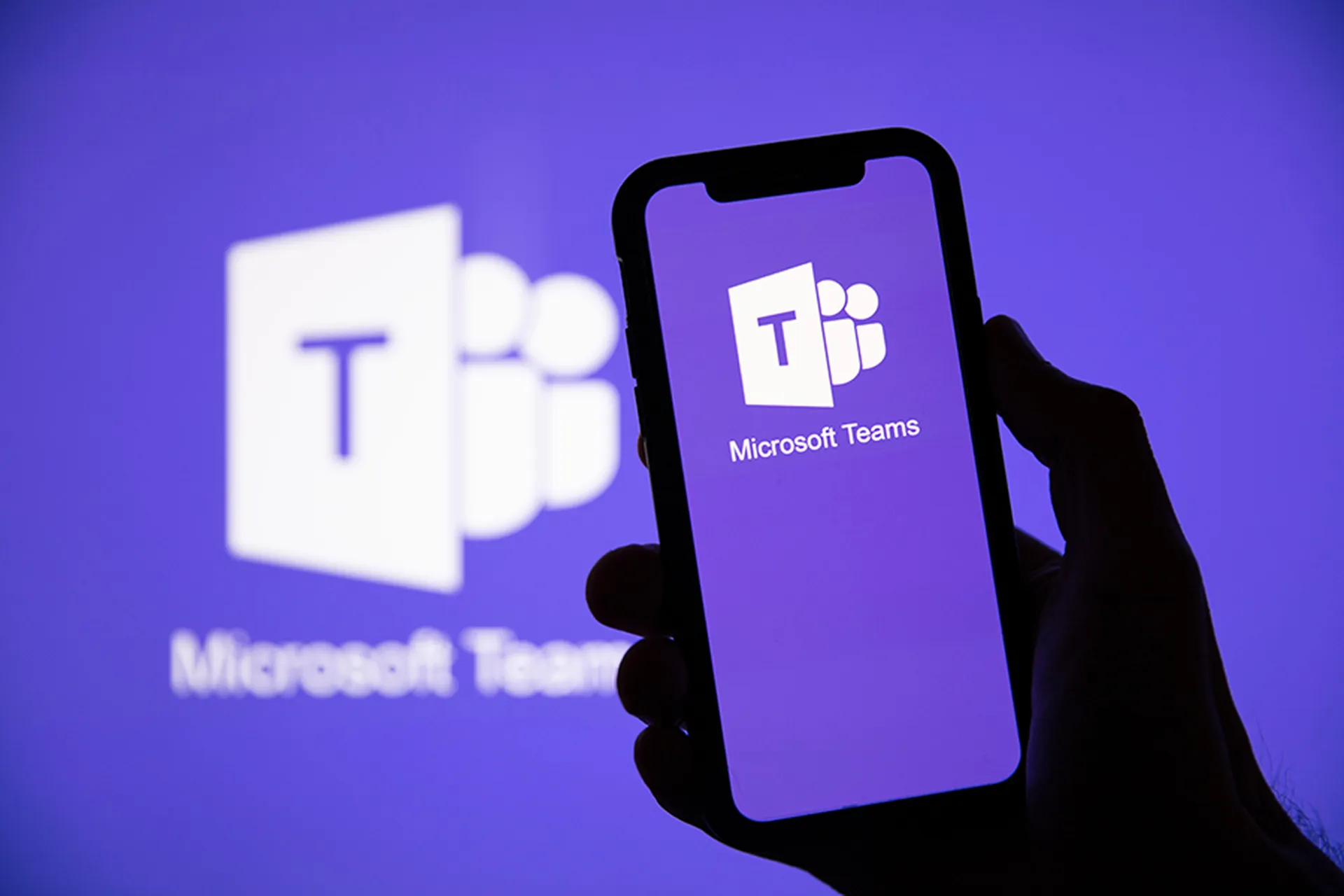Prioritize the most critical vulnerabilities for remediation
An IEEE study found that it takes an average of 10 minutes to triage one finding and determine if an issue is exploitable and needs to be fixed. Additionally, studies have shown that an average of 66% of findings from the average SAST tool are irrelevant. This translates into an incredible amount of time spent triaging findings that turn out to be false positives or irrelevant.
ASOC tools prioritize vulnerabilities based on exploitability and assign a severity score to each issue. This enables security teams to focus attention on the vulnerabilities that pose an actual threat to your organization.
Centrally manage results from multiple tools across projects and departments
Application security involves using several types of testing tools to provide a complete picture of an application’s codebase. But each tool shows results in a different format, and the same potential issue might be found by multiple tools.
Weeding through long lists of results from multiple tools to remove duplicates and determine which vulnerabilities are real and pose the highest threat is inefficient and time-consuming—and it makes it nearly impossible for security to move at the same speed as development. ASOC tools eliminate these issues by providing
- One central hub for application security
- Support for commercial SAST, DAST, and IAST tools
- A single set of correlated results from multiple AppSec tools and manual testing
- Integration with popular development environments and issue-tracking tools
- The ability to include tools to track and remediate vulnerabilities
See how vulnerability management and AppSec are performing
It’s impossible to know if your organization is getting better at application security if you can’t measure performance. Metrics can provide important information for C-level executives, and for security and development team members in the thick of AppSec testing.
For example, CISOs may want data on the total number of application vulnerabilities and their severity. This data indicates how well your organization is doing over time at reducing the total number of threats.
Metrics on severity are just as important; they reveal the overall danger to the organization. Severity metrics also help security team members prioritize issues, so the most pressing ones can be addressed first.
Historical data about the number of new vulnerabilities shows how many issues are introduced with a new release. This is important for teams following the agile development methodology, as it validates whether security is being given the attention it requires during rapid iteration.
It’s not enough just to know how many vulnerabilities are identified; average days to resolution is another important AppSec metric, as is the type of vulnerability.




